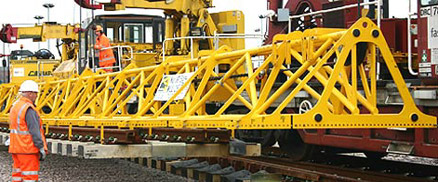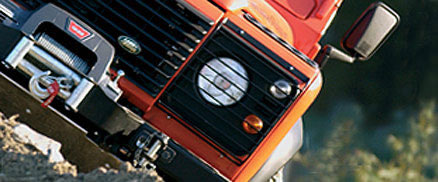Before you go on your adventure sollow these tips so you are prepared and ready for any situation when off roading.
Check the Basics – Check all your fluids -coolant, oil, windshield washer fluid, power steering fluid, brake fluid, ATF, differentials, etc. Make sure there are no leaks, everything is at the proper level, and carry extra fluids just in case. Also check the air filter and the air filter box for debris. Also, if you are aware of any mechanical or electrical problems with your 4×4, repair them before hand.
Check the Tires - Check the condition of your tires, including the spare. Be sure they are all inflated to the proper highway speed pressures. Take note of your tread and think about the terrain you will be traveling on. Are you ready for that deep mud hole with that tread?
Ball Joints – Check all your ball joints, tie rods ends and wheel bearings by jacking up and securing the front of your 4×4. Grab the tire by the and at the top and bottom, and check for any excess movement by rocking the wheel in and out. Do the same by rocking the tire side to side. Any excessive free play should be checked out by a qualified mechanic. Also check the rear in the same manner. In solid rear axles you’re checking for worn bearings and other damage.
Shocks – Check your shocks for signs of leakage or damage or just plain worn out. Your going to need those shocks.
Plan the Trip / Inform Others – Tell those that should know where you are going, when you are leaving and when you’ll be back. Let them know when they should start to worry about you if they haven’t heard from you. Give them contacts in case they need them. Prepare your trip. Have a map of the area you are going to and how you should get there (and home again).
Weather – Watch the weather for the region you are visiting and the route along the way. Be prepared with the appropriate clothing and protective gear (rain jacket, hats, sunglasses, lip balm, sunscreen). Pack extra clothing in case you get wet or it gets a little colder than expected. Even if you are not “planning” to stay the night, its good to have a sleeping bag. Its better to be over prepared than under prepared.
Communications to the World - Pack a cell phone and give it a full charge before departing. Pack the phone car adapter or the 120 volt charger along with a power inverter. When you’re remote and offroad, you can still find a signal even if its atop a ridge or up a tree. Be aware that if your are out of signal range, your cell phone will be hunting for a signal and this will deplete your cell phone’s battery quicker than just sitting in standby when in range.
Food / Water - Bring plenty of food and drink. Even on the short trips. Bottled water, energy bars, and dried fruit, sports drinks, anything that has compact energy are good items to pack. Pack items that do not need refrigeration. Avoid salty foods such as chips and salsa, beef jerky, unless you have plenty to drink. And no, beer doesn’t count. In fact it takes water to metabolize alcohol so the beer and liquor will dehydrate, not hydrate you. Alcohol is never a good idea when you have to think clearly.
Simply following these 4×4 tips will ensure you ave a great experience


